PROTECT YOUR DNA WITH QUANTUM TECHNOLOGY
Orgo-Life the new way to the future Advertising by AdpathwayA highly polarising proposal to make two pitstops per race mandatory has been escalated to the Formula 1 commission and debated - but with no clear outcome except an agreement not to dismiss the idea out of hand.
The fourth and final F1 Commission meeting of the year was held in the FIA offices in London today (Friday 14 November), and chaired by FIA single-seater director Nikolas Tombazis.
Although the idea of making two pitstops mandatory has not been met with universal approval, and came with mixed results when it was implemented in Monaco this season, the previously unloved concept had gained some momentum in recent weeks after a run of races with very little tactical variety. This is despite Pirelli introducing a ‘step’ between its harder-compound choices in the United States and Mexico grands prix.
While the two-stop proposal’s supporters believe that it will create extra jeopardy in races, and introduce tactical variety, its opponents point out that strategy options will naturally coalesce around a very narrow window.
“My biggest worry would be that we end up, all of us, doing the same strategy to within a lap of each other,” said Williams team principal James Vowles during the Brazil Grand Prix weekend.
“Because you’re forced that way because of the two stops.” Vowles, as a former head of strategy at Mercedes, is in a strong position to weigh up the pros and cons.
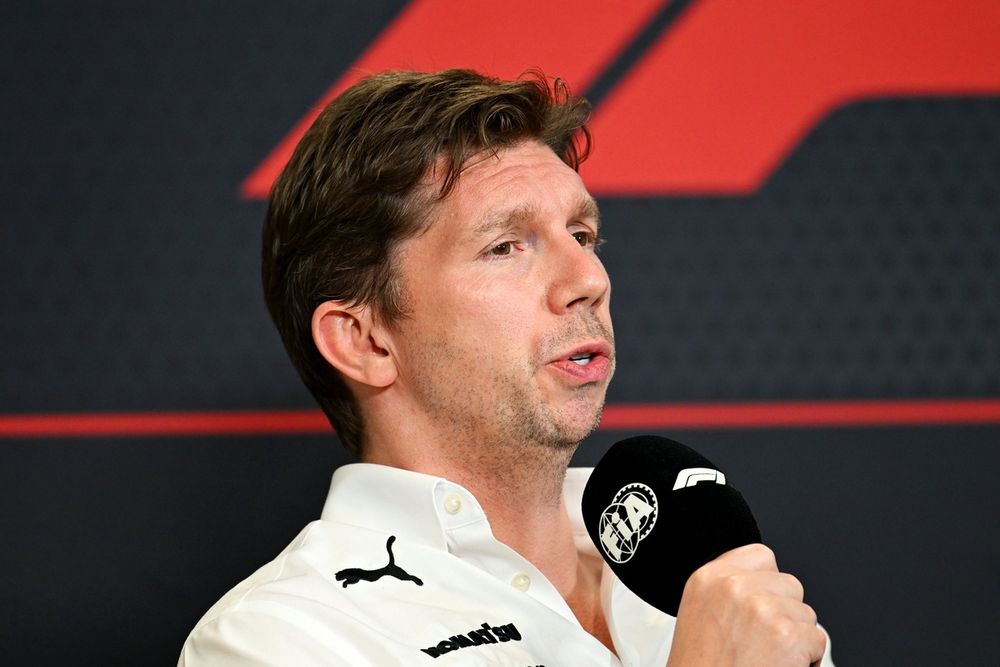
James Vowles, Williams
Photo by: Sam Bagnall / Sutton Images via Getty Images
McLaren boss Andrea Stella, meanwhile, said in the same press conference: “We’ve seen plenty of races with one guy on a one-stop and one guy on a two-stop, and then the guy on a one-stop being chased down by the two-stop – but that [would] obviously disappear.
“So I think we need to think very carefully, and we are. I’m sure the F1 Commission will debate it, and I’m sure we’ll come to the right answer.”
The concept was discussed as part of a broader debate around how to engineer more strategic variety. Pirelli’s preferred scenario is not to force two stops, since the timings of these would naturally synchronise, but to make the difference between one or two stops less clear-cut.
What it was trying to do with the ‘step’ in tyre compounds recently was to make a one-stop race using hard tyres slower; but, in both race weekends, teams were able to execute one-stop races without recourse to the hard rubber anyway.
“A proposal to explore mandatory two pitstops for grands prix was discussed along with adjustments to tyre specifications, tyre-life limits and the use of three compounds during the race,” said the FIA in a statement summarising the F1 Commission’s meeting.
“The discussion centred on feedback on analysis and simulations from teams and Pirelli. No changes were presently agreed, but it was agreed that talks on this topic would continue during the 2026 season.”

Drivers take the start of the Formula One Azerbaijan Grand Prix at the Baku City Circuit in Baku on September 21, 2025. (Photo by OZAN KOSE / AFP) (Photo by OZAN KOSE/AFP via Getty Images)
Photo by: Ozan Kose / AFP via Getty Images
Another interesting outcome of the meeting was to impose a minimum surface area for paint or sponsor decals on the car. It is understood that the commercial rights holder has been particularly concerned about the impact on the TV spectacle of teams struggling to meet the minimum weight limit: the de facto solution has been to run as little paint on the cars as possible, leaving vast swathes of bare carbon fibre.
“Following discussions with the Technical Advisory Committee, the topic of a minimum surface requirement limit for car liveries in 2026 was discussed,” said the FIA statement.
“It was agreed by Commission representatives that a minimum of 55% of surface area (when viewed from the side and above) must be covered by painted or stickered liveries as opposed to bare carbon fibre surfaces. The objective of this measure is to increase visual differentiation between cars."
We want to hear from you!
Let us know what you would like to see from us in the future.
- The Autosport.com Team


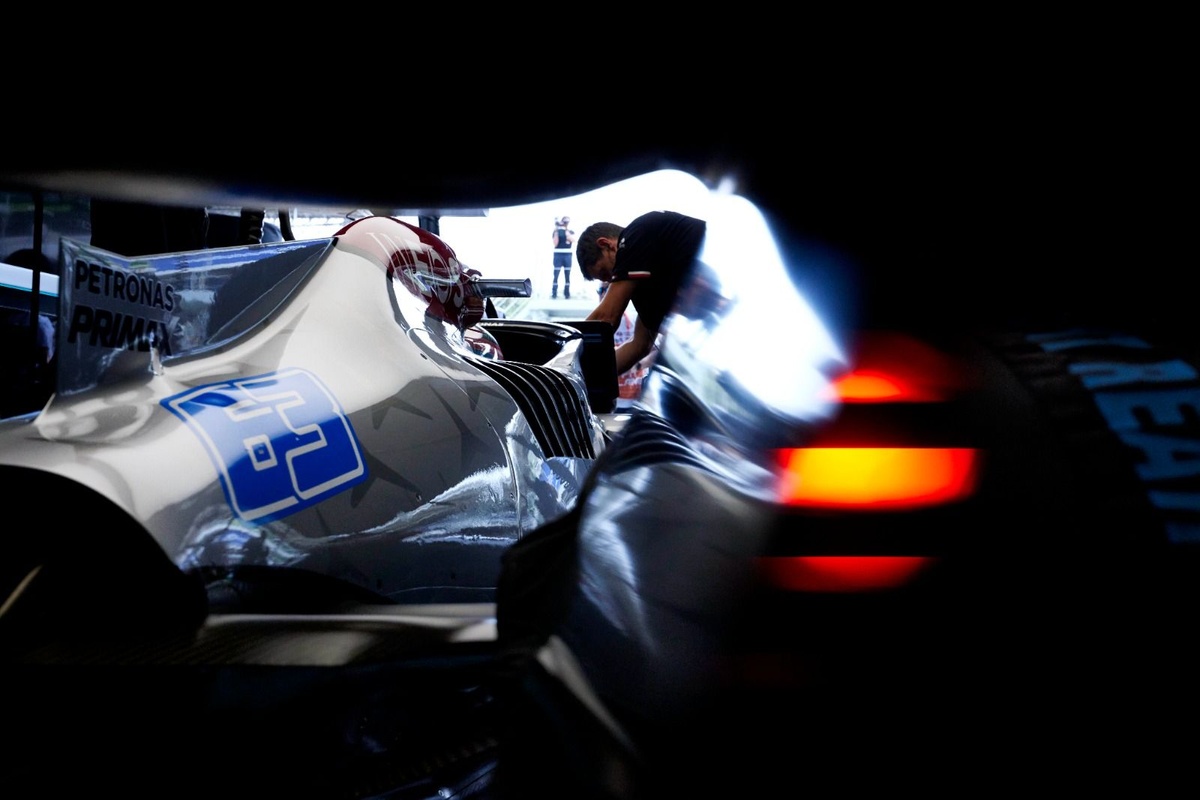

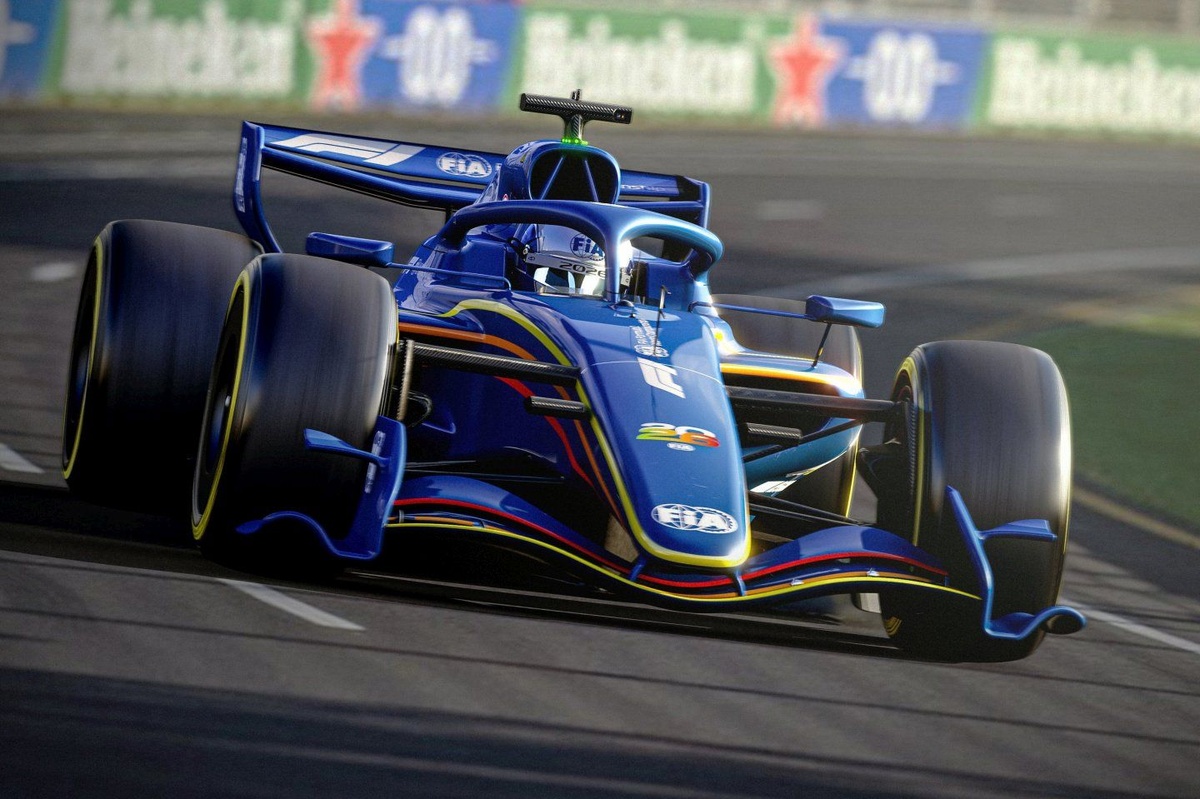

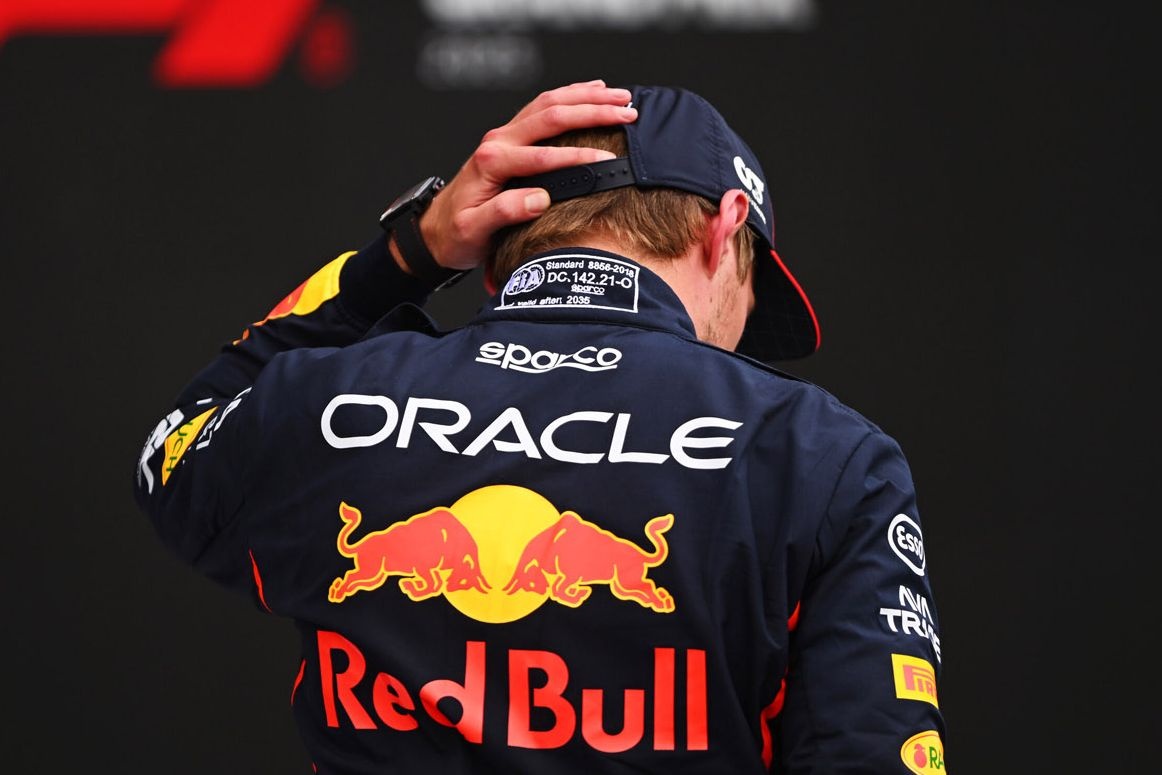
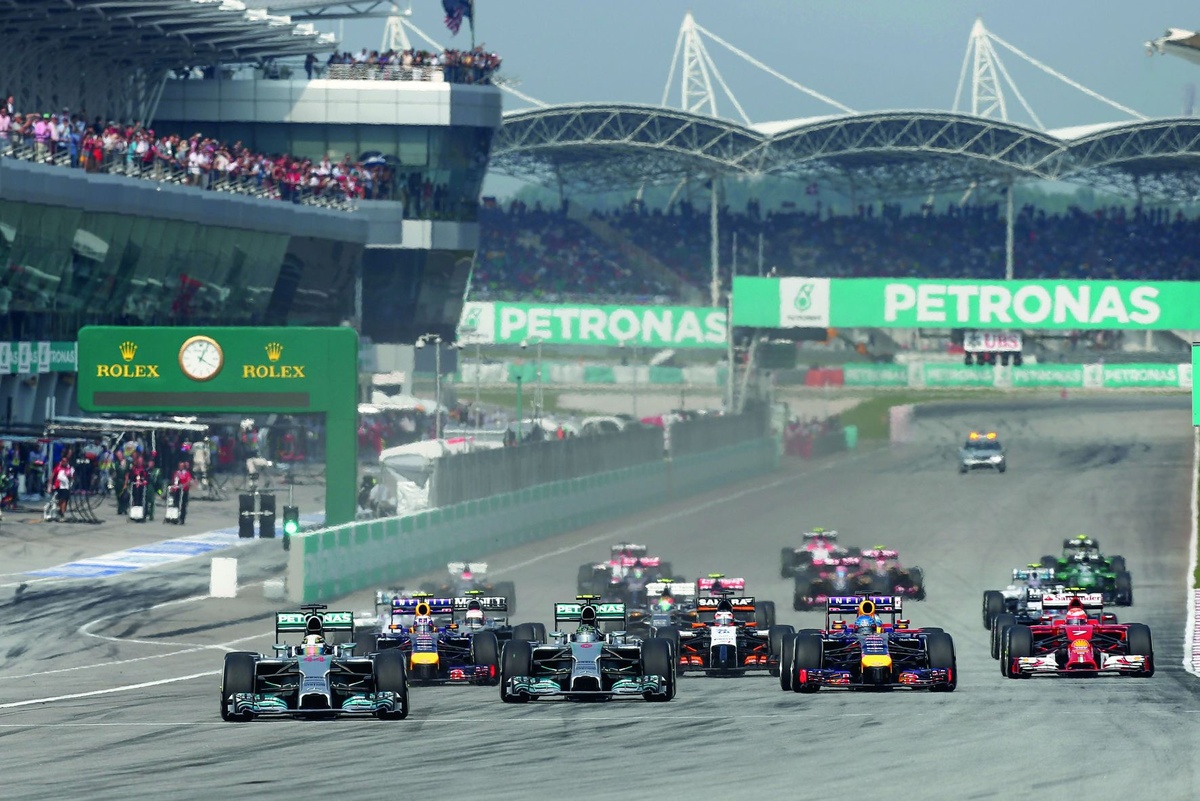








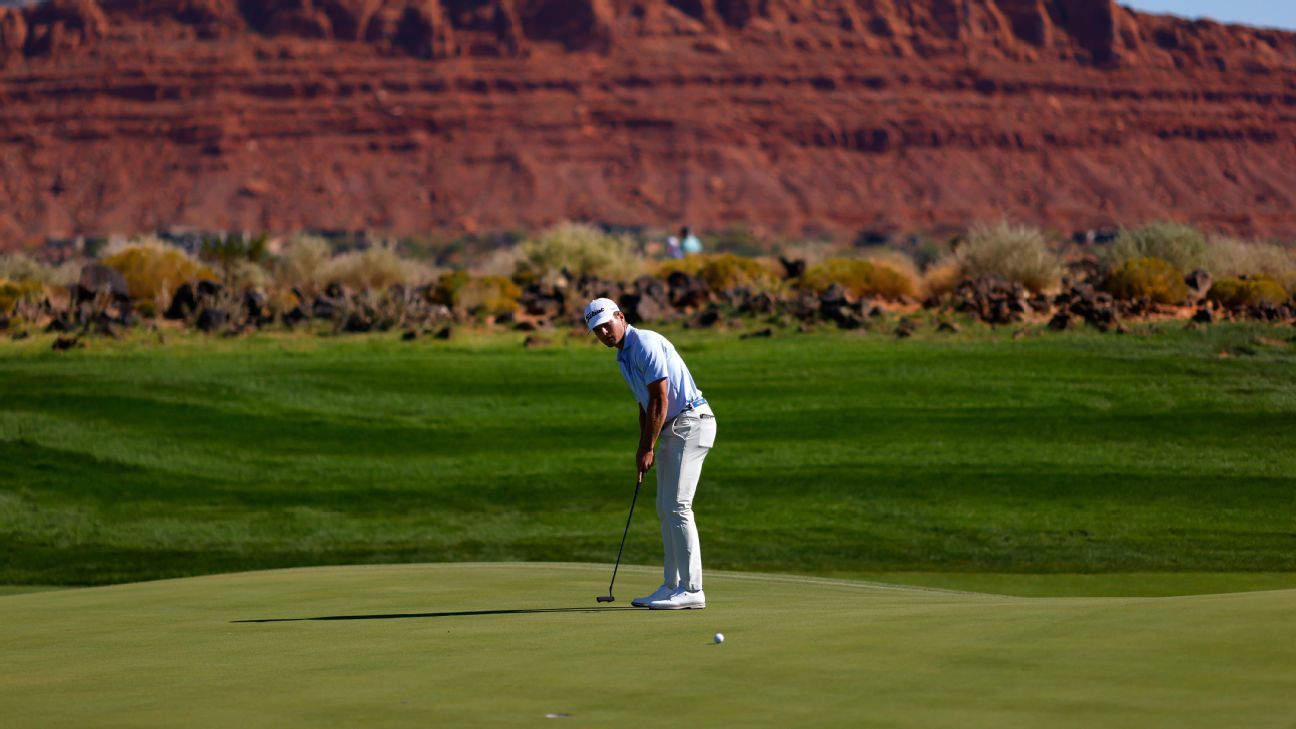


 English (US) ·
English (US) ·  French (CA) ·
French (CA) ·